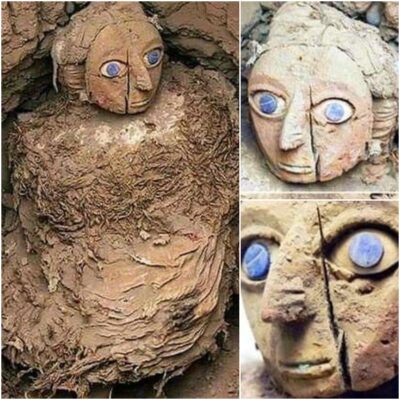Our world is home to more than 1,200 species of bats, but the smallest of them can only be found in a few caves in Thailand and Myanmar. Bumblebee Bat – Kitti Pig-nosed Bat, also known as Wasp Bat, is so small it can rest comfortably on an average-sized human finger. Its dimensions range from 29 to 33 mm, and it weighs only 2 grams. The wingspan of the Bumblebee bat is 170 mm.
Discovered in 1973, by Thai biologist – Kitti Thonglongya, who gave the species official name – Bumblebee Bat. These bats have been identified in 44 limestone caves in Thailand and in Myanmar, they have also been found in five other caves.

Kitti pig-nosed bat (Craseonycteris thonglongyai) is the world’s smallest mammal and certainly the world’s smallest bat. Commonly known as the bumblebee bat, the Kitty pig-nosed bat is about the size of a large bumblebee. It’s also just one of about 440 species of bats found in Asia – the continent home to more than a third of the world’s 1,200 bat species.
Unfortunately, all this human attention has had negative consequences on the world’s smallest mammal. As Thai bat expert Pipat Soisook said, the presence of humans in some caves has caused them to lose their habitat. Humans are destroying this animal’s habitat out of curiosity.

This tiny bat is legally protected in Thailand and part of its habitat is protected by parks. But much more needs to be done to fully conserve the species. Conservationists have recommended improved protection and management of the caves as well as broader protection of the species’ feeding grounds.
For 12 years, the bumblebee bat was listed as Endangered by the IUCN Red List, but in 2008 it was listed as Vulnerable in part due to the discovery of new populations, including those of can cross the Thai border in Myanmar.
Surveys from 1997-2008 counted about 10,000 bats in 44 caves in western Thailand and five caves in Myanmar. However, the total population could be significantly higher, with researchers estimating the population of this species in Thailand at around 45,000 individuals in a 2009 study published in the journal Endangered Species Research. grant.

Kitti the pig-nosed bat is the smallest species of bat and is believed to be the smallest mammal in the world. It has a reddish-brown or gray coat, with a distinctive pig-like snout. This species of bats forage during short periods of activity in the evening and dawn, foraging around forested areas in search of insects. Normal females give birth to only one cub per year.
This tiny species of bat is known to live in small flocks of 10 to 100 individuals. They are nocturnal predators, using echolocation to hunt a variety of insects. The tiny bats only leave their nests for 30 minutes in the evening and 20 minutes at dawn.

Kitti pig-nosed bat is the only extant species in the family Craseonycteridae, which is classified in the superfamily Rhinolophoidea according to the results of molecular testing. Based on this identification, their closest relatives are members of the families Hipposideridae and Rhinopomatidae. Currently, the biggest and most enduring threat to this bat species in Thailand is the annual forest burning by people, which is most common during the bat’s breeding season.
Asia is not only home to the smallest bats, but also home to the largest bat species on our planet. Found in the Philippines, the yellow-headed flying fox (Acerodon joongatus) is not only a large predator, but also one of the continent’s most critically endangered bat species, currently listed as Endangered. .
Of the 442 Asian bat species assessed by the IUCN Red List, 7 are listed as Critically Endangered, 15 are Endangered, and 44 are Vulnerable. This means that 14% of the bats on the continent are now threatened.
There are currently 71 species of bats in Asia listed as missing data – more than all the species listed as threatened. Lack of data simply means that scientists don’t know enough about these species to make an accurate judgment.











